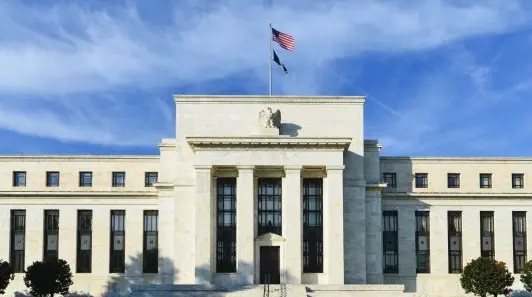Progress towards the striking of trade deals has been painfully slow since Liberation Day. We are, however, finally seeing some tangible headway, not least following last week’s headlines that the US and Japan had signed a long-awaited trade deal. This was followed by even bigger news over the weekend that the European Union had secured a framework deal with the White House that will also see the imposition of 15% tariffs on most goods, ending months of feverish speculation and uncertainty.
News of the latter will be a particularly welcome development for markets, which had braced for the possibility of much higher tariffs in both directions that would have likely had a major impact on the global economy. While many details of the deal are yet to be ironed out, and the tariffs themselves will still likely have a non-negligible downside growth impact, investors will just be pleased that the worst-case scenario has been avoided. Action in the FX market this week will no doubt be driven by the fallout from the trade deals, and any news of progress in last-minute negotiations with other countries. Markets will also have the small matter of the July FOMC meeting on Wednesday.


The US economy continues to show no signs of letting up. Businesses appear largely resilient to the uncertainty created by Trump’s tariffs, at least according to this month’s composite PMI from S&P, which jumped to its highest level since December. We’re also not seeing signs of mass layoffs in the labour market, with last week’s jobless claims figures dropping to the lowest levels since April. It's somewhat of a surprise that the recent strength of the US economy has not yet been reflected in a stronger dollar, but this may merely have been a reflection of lingering jitters ahead of this Friday’s tariffs deadline. Focus now shifts to Wednesday's FOMC decision. While we expect no change in rates, we could see a couple of rare dissenting votes in favour of an immediate cut. Chair Powell is, however, likely to kick the can down the road, stressing again that more data on the economic implications of the tariffs will be required, and that the Fed will have greater clarity after the summer.


















































































